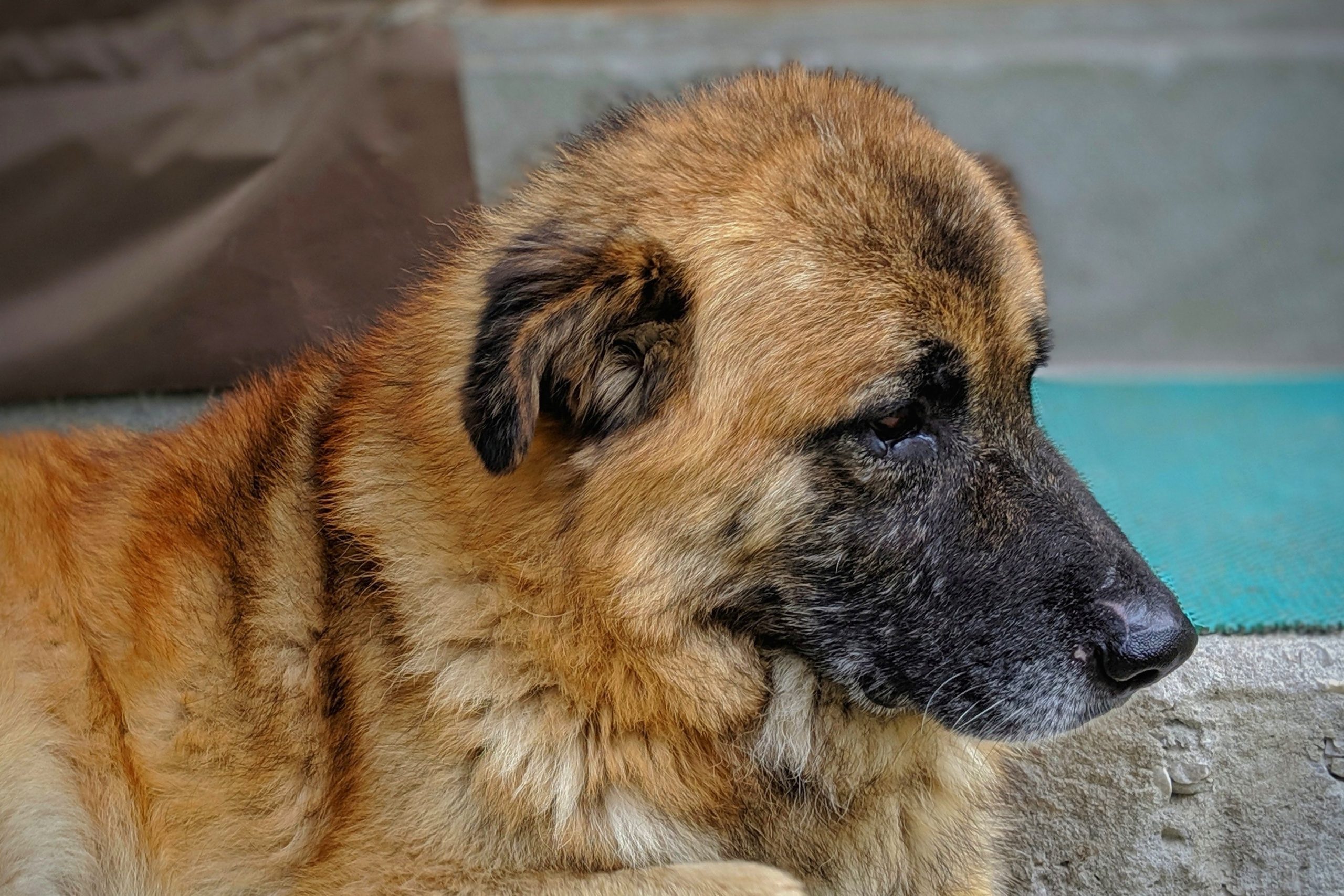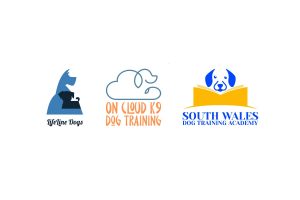Separation- 8) The Signs of Separation Anxiety
Urinating and Defecating
Some dogs urinate or defecate when left alone or separated from their owner. If a dog urinates or defecates in the presence of his owner, his house soiling probably isn’t caused by separation anxiety.
Barking and Howling
A dog who has separation anxiety might bark or howl when left alone or when separated from his owner. This kind of barking or howling is persistent and doesn’t seem to be triggered by anything except being left alone.
Chewing, Digging and Destruction
Some dogs with separation anxiety chew on objects, door frames or window sills, dig at doors and doorways, or destroy household objects when left alone or separated from their owner. These behaviours can result in self-injury, such as broken teeth, cut and scraped paws and damaged nails. If a dog’s chewing, digging and destruction are caused by separation anxiety, they don’t usually occur in his owner’s presence.
Escaping
A dog with separation anxiety might try to escape from an area where he’s confined when he’s left alone or separated from his owner. The dog might attempt to dig and chew through doors or windows, which could result in self-injury, such as broken teeth, cut and scraped front paws and damaged nails. If the dog’s escape behaviour is caused by separation anxiety, it doesn’t occur when his owner is present.
Pacing
Some dogs walk or trot along a specific path in a fixed pattern when left alone or separated from their owner. Some pacing dogs move around in circular patterns, while others walk back and forth in straight lines. If a dog’s pacing behaviour is caused by separation anxiety, it usually doesn’t occur when his owner is present.
Coprophagia
When left alone or separated from their owner, some dogs defecate and then consume all or some of their excrement. If a dog eats excrement because of separation anxiety, he probably doesn’t perform that behaviour in the presence of his owner.




